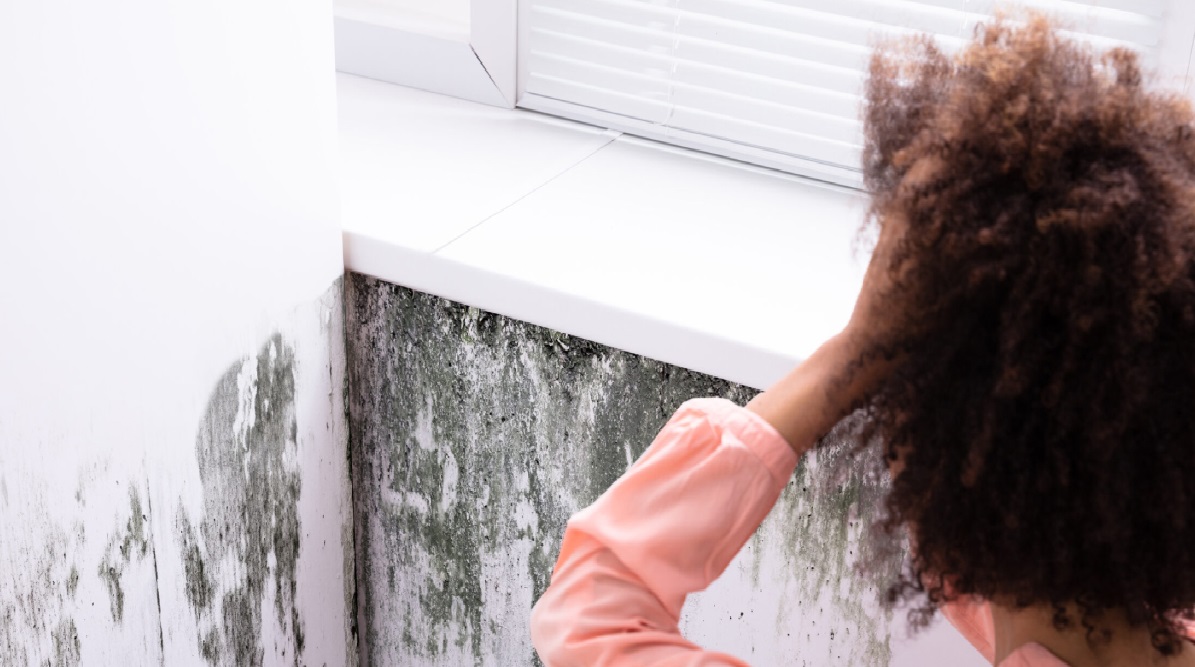Mold is a pervasive issue that can silently infiltrate our homes, posing not only structural threats but also potential health risks. Recognizing the different types of mold is crucial for effective remediation. In this blog post, we’ll delve into common household molds and explore how professionals handle mold removal Mississauga.
Common Types of Household Mold:
- Cladosporium:
Often found on surfaces like walls and floorboards, Cladosporium can trigger respiratory issues and skin irritation. Professionals identify its olive-green or brown appearance, taking necessary precautions during removal.
- Aspergillus:
This mold is adept at colonizing damp areas, such as bathrooms and kitchens. Aspergillus comes in various colors, making it challenging to identify without professional expertise. Its airborne spores can cause respiratory problems and allergic reactions.
- Stachybotrys Chartarum (Black Mold):
Black mold is notorious for its dark, slimy appearance and the mycotoxins it produces, which may lead to severe health issues. Professionals employ specialized techniques to safely remove black mold and prevent its recurrence.
- Penicillium:
Recognizable by its blue or green appearance, Penicillium often thrives on water-damaged materials. Professionals use advanced equipment to detect its presence and implement targeted strategies for removal.
- Alternaria:
Frequently found in damp areas, such as basements and showers, Alternaria can cause allergic reactions. Its velvety texture and dark green or brown coloration make it distinct, guiding professionals in their remediation efforts.
Professional Mold Remediation Strategies:
- Thorough Inspection:
Certified professionals of mould remediation Mississauga begin by conducting a comprehensive inspection to identify the type and extent of mold infestation. This involves assessing visible mold, moisture levels, and using advanced tools like moisture meters and infrared cameras.
- Containment Measures:
To prevent mold spores from spreading to unaffected areas, professionals establish containment barriers using plastic sheeting and negative air pressure systems. This containment minimizes the risk of cross-contamination during the removal process.
- Protective Gear and Safety Measures:
Mold remediation experts prioritize safety, donning protective gear such as respirators, gloves, and disposable coveralls. This ensures they are shielded from potential health hazards associated with mold exposure.
Advanced Removal Techniques:
Depending on the mold type and affected surfaces, professionals employ specialized removal techniques. This may include HEPA vacuuming, abrasive cleaning, or even the removal and replacement of contaminated materials.
- Drying and Dehumidification:
Addressing the root cause of mold growth is paramount. Professionals use industrial-grade dehumidifiers and drying equipment to eliminate excess moisture, preventing the conditions conducive to mold development.
- Disposal of Contaminated Materials:
Mold-contaminated materials, such as drywall or carpeting, are carefully removed and disposed of in compliance with local regulations. Professionals ensure that the disposal process does not contribute to further contamination.
- Post-Remediation Verification:
After mold removal, professionals conduct post-remediation verification to ensure that the affected areas are free from mold. This may involve air quality testing and visual inspections to confirm the success of the remediation process.
While understanding the characteristics of common molds is helpful, consulting with mold remediation companies Mississauga is essential for a thorough and safe removal process. Their expertise, advanced tools, and systematic approach ensure not only the elimination of existing mold but also the prevention of future infestations, fostering a healthier and safer living environment.

